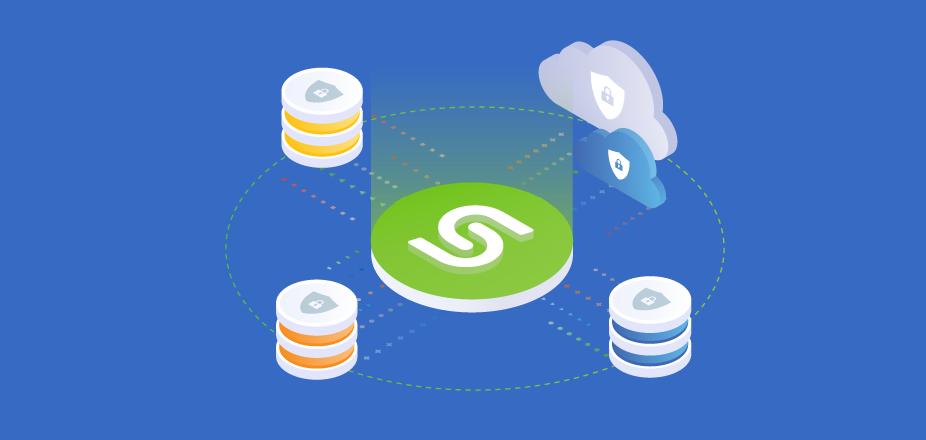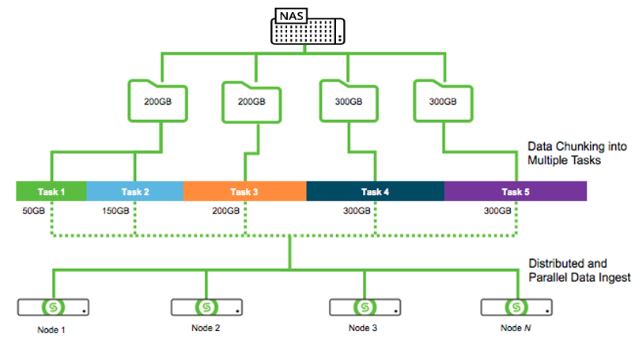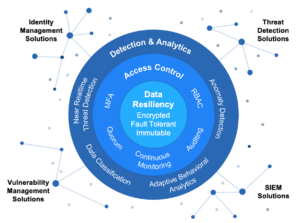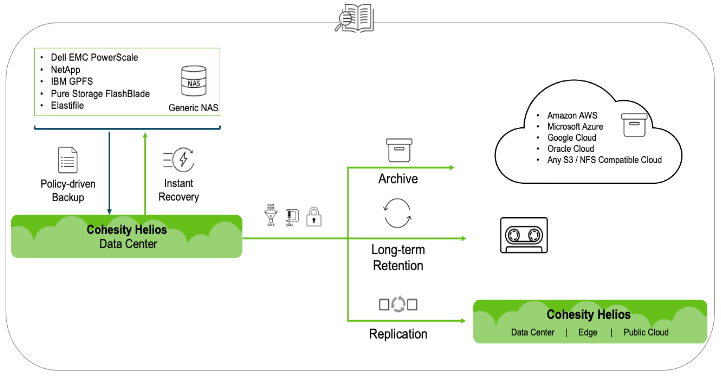The explosive surge in the amount of data on primary storage arrays increases the importance of data protection and business continuity, especially when a disaster strikes. The key factor to note in the current scenario is that a large chunk of this primary data resides in Network Attached Storage (NAS) platforms such as Dell EMC PowerScale (aka Isilon), NetApp, and Pure Storage FlashBlade.
Cohesity provides you the ability to protect and recover your NAS data with a powerful protection engine running at the backend. With Cohesity NAS Backup and Recovery, you can now sleep peacefully knowing that your data is not only protected, but will be available instantly when you need it!
So, how does Cohesity do all of this and what challenges are being solved? Let’s take a shot at these two questions together:
- Customer-grade simplicity: The Cohesity next-gen user interface was built with simplicity and user experience in mind. The UI helps you add protection sources, protect objects, and restore them without any hassle, saving you the time that you would otherwise spend reading documentation.
- Non-NDMP Solution: Cohesity NAS Backup and Recovery provides the capability to do multi-streaming backups and restores, which makes them super fast. Also, all the backup data residing in the Cohesity cluster (in native format) is optimized for performance and availability with erasure coding capability to provide true business continuity. This helps you protect your data and maintain its integrity.
Figure 1: NAS multi-streaming backups and restores
- Cross Filer Restores: With Cohesity, you have the ability to recover NAS data that was backed up from a particular NAS array or to recover to another array. This capability lets you migrate point-in-time copies to another NAS array. How’s that for a cool way to migrate data without using any migration technologies?
- Vendor-Agnostic: There is absolutely no limit to what you can back up with the Cohesity NAS solution. Cohesity provides a way to add your shares and exports as a generic NAS source and protect them without using any agents.
- Snapshotting: An optimized Cohesity File Runner or Streamer reads the contents of the entire NAS share being protected and protects the same. With vendors such as Dell EMC PowerScale and NetApp, the solution traverses the storage snapshots created by Cohesity using powerful and secure integration APIs and deletes them after backups are complete.
- Zero Trust Threat Defense Architecture: Cohesity believes in providing a secure way of protecting your valuable data and making sure it can be made available whenever desired. Cohesity SpanFS file system provides a platform to store immutable backups, and data is encrypted in flight and at rest.
Figure 2: Threat Defense Architecture
- Incremental Forever: The backups are all incremental and with Cohesity’s ability to discover files, you get to see only differential data (files) being intelligently backed up, you get to see only the differential streams of data being intelligently backed up. This solution also integrates with Dell EMC PowerScale Changelist functionality to retrieve incremental data using array snapshots.
- Superfast Backup and Restores: With multi-streaming backups being written simultaneously to multiple Cohesity nodes and recovered from them simultaneously during restores, you end up with supremely fast backup and recovery. And isn’t that a relief!
- True Business Continuity: Cohesity NAS Backup and Restore provides a way to restore your mission-critical shares and exports instantly as a share from the last-good-known copy, which is always a fully hydrated snapshot. And it doesn’t end there: For this export, Cohesity uses its own SpanFS file system that does not depend on the primary storage being up and running.
- Granular Restores: Cohesity understands that typically a user would need to recover a file or a folder and not the entire NAS share. Cohesity NAS Backup and Recovery utilizes the built-in Search and Indexing capability to restore a part of any NAS share or export, which can be a single file/folder or a combination of them.
- Reporting and SaaS Capabilities: There is an inbuilt reporting mechanism, which can be used to help understand a problem, which in turn helps speed up troubleshooting. You can run these on the whole platform or a subset of it and also objects being protected, providing you a granular way of reporting. With proper licensing, you can use the Cohesity Helios SaaS platform that lets you manage multiple sites together and run reports directly from there.
- Power of the Cohesity Platform: Finally, with this NAS solution, we extend all Cohesity Data Platform Capabilities to provide a complete package to our customers. With this, you get the super cool functionalities of archiving your NAS backups to the public cloud and retrieving them on a separate Cohesity cluster in case of a disaster. Also, you can replicate your NAS backups across sites for DR purposes. And, once you add your NAS primary array as a source in the Cohesity platform, you also get an option to tier your cold data to Cohesity nodes, saving a lot of operational expense as data grows at an exponential pace.
In summary, with the many powerful features of Cohesity NAS Backup and Restore, you can effectively reduce your Recovery Time Objective (RTO) to have a true business continuity solution and also mitigate all the risks of a traditional protection solution. You get all of these capabilities and more, supported by the Cohesity platform, the industry’s most trusted and leading data protection solution.
Figure 3 is an overview of Cohesity NAS Backup and Recovery solution for your reference.
Figure 3: Cohesity NAS Backup and Recovery
You can find out more on Cohesity’s NAS Backup and Recovery solution by visiting us here.




















